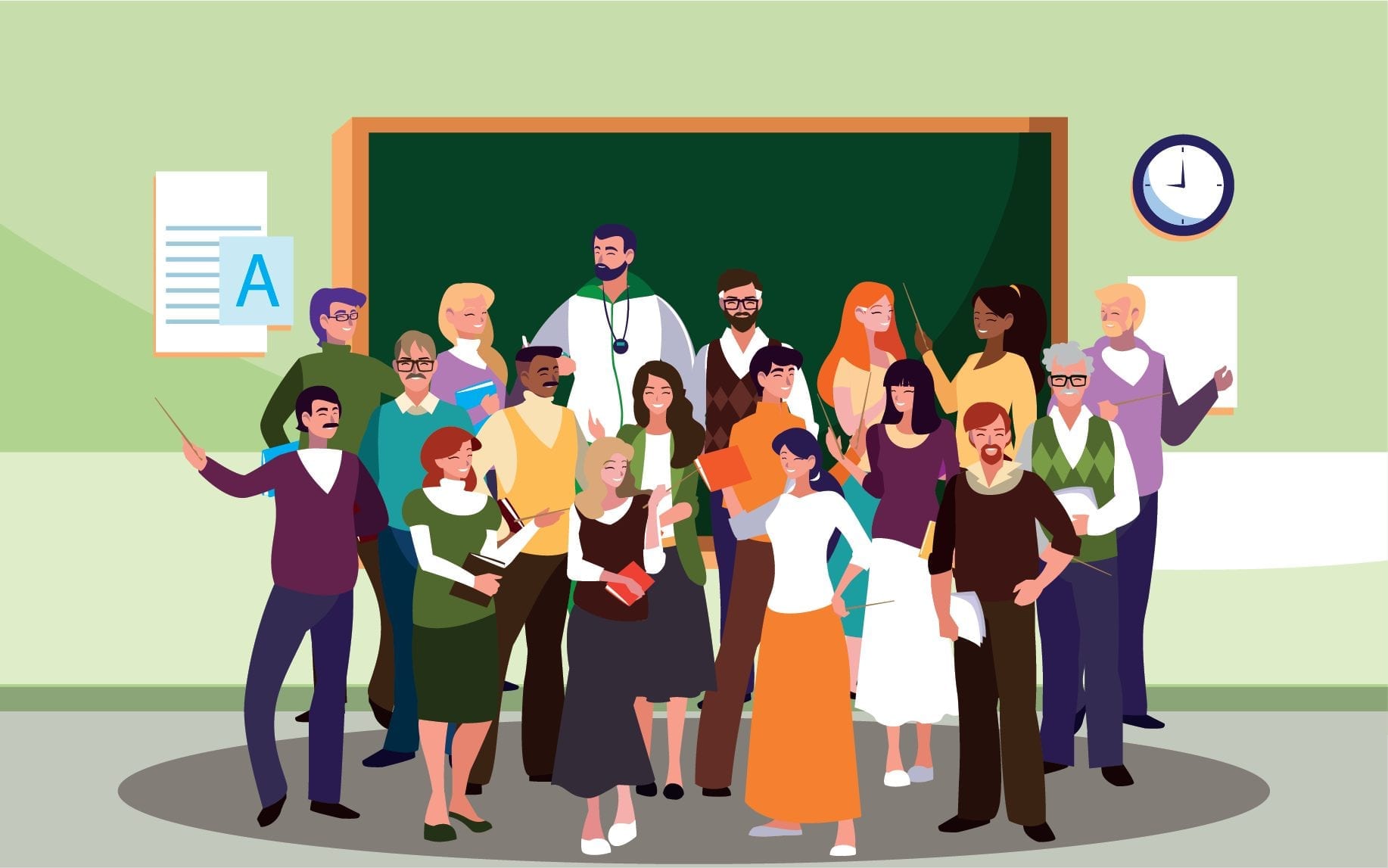Blitz News Digest
Stay updated with the latest trends and insights.
Teaching Tricks That Make Learning Stick
Unlock the secrets to effective learning with teaching tricks that guarantee your lessons will stick in students' minds!
Engaging Techniques: How to Make Learning Memorable
When it comes to making learning memorable, incorporating engaging techniques can significantly enhance the retention of information. One effective method is the use of storytelling, which taps into the emotional connections of learners. By presenting information in the form of a narrative, you can create relatable scenarios that make the content more vivid and easier to recall. Additionally, utilizing visuals such as infographics and videos can cater to different learning styles, reinforcing the material by appealing to both visual and auditory learners.
Another powerful technique is the implementation of interactive activities. Techniques such as group discussions, quizzes, and hands-on projects foster collaboration and encourage participation, making the learning process more dynamic. Moreover, incorporating gamification elements can motivate learners through challenges and rewards, turning lessons into enjoyable experiences. Remember, the more active the learning process, the more likely it is that the material will leave a lasting impression.

The Science of Retention: Tricks for Better Learning Outcomes
The science of retention plays a crucial role in enhancing learning outcomes. Understanding how memory works can help individuals and educators alike implement effective strategies to improve retention rates. One key concept is the spacing effect, which suggests that information is better retained when it is studied over a longer period rather than crammed in a short time. To leverage this principle, learners can use techniques such as distributed practice, which involves revisiting material at spaced intervals. This method not only reinforces learning but also reduces the cognitive load, allowing for deeper understanding.
Another effective strategy is the use of active learning techniques that engage learners more thoroughly with the material. Techniques such as self-quizzing, summarization, and teaching others can significantly enhance retention. Furthermore, incorporating multimodal learning—engaging various senses through visuals, auditory aids, and hands-on experiences—can also lead to better retention of information. By utilizing these science-backed tricks, students and professionals can achieve improved learning outcomes and greater mastery of their subjects.
Why Do Some Learning Methods Fail? Common Mistakes to Avoid
Many individuals experience frustration when their chosen learning methods do not yield the expected results. One of the primary reasons for this failure is the lack of personalization; what works for one person may not work for another. For instance, some learners may thrive in structured environments, while others may find success in more relaxed settings. Ignoring individual learning styles can lead to disengagement and hinder retention of information. Additionally, not setting clear goals can lead to aimless study sessions that feel unproductive and overwhelming.
Another common mistake is the failure to actively engage with the material. Passive learning techniques, such as simply reading or watching videos without taking notes, can diminish comprehension. Instead, learners should adopt active learning strategies, like summarizing the material in their own words, teaching concepts to others, or applying knowledge through real-world scenarios. Furthermore, relying solely on one method without diversifying techniques can restrict a learner's ability to grasp complex concepts. By avoiding these pitfalls, individuals can enhance their learning effectiveness and foster a more enriching educational experience.